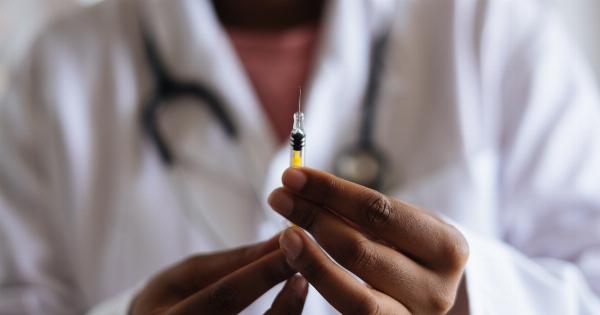Anemia is a prevalent global health issue affecting millions of individuals, particularly women and children.
It is characterized by a decrease in the number of red blood cells and the amount of hemoglobin in the blood, leading to a reduced capacity to carry oxygen throughout the body. Gender disparities in anemia incidence and prevalence have been well-documented, with women being disproportionately affected.
This article aims to explore the underlying factors contributing to gender disparities in anemia incidence and discuss potential strategies to address this public health concern.
Prevalence of Anemia
Anemia is a significant public health problem worldwide, affecting approximately 1.62 billion people globally – almost a quarter of the global population.
According to the World Health Organization (WHO), women and children are the most vulnerable groups affected by anemia. It is estimated that around 29% of non-pregnant women suffer from anemia, and the prevalence among pregnant women is even higher, at 38%. In comparison, the prevalence of anemia among men is approximately 12%.
These statistics indicate a clear gender disparity in anemia occurrence.
Biological Factors
Various biological factors contribute to the higher incidence of anemia among women. One primary factor is menstruation. Women of reproductive age lose blood on a monthly basis, which can lead to iron deficiency and subsequently result in anemia.
Additionally, pregnancy places an increased demand for iron on the body, which, if not adequately met, can lead to anemia.
Socioeconomic Factors
Socioeconomic factors also play a role in gender disparities in anemia incidence. In many societies, women have limited access to education, employment, and resources, which affects their nutritional status and overall health.
Poor dietary intake, especially inadequate consumption of iron-rich foods, can contribute to a higher risk of anemia among women.
Cultural Norms and Practices
Cultural norms and practices also contribute to gender disparities in anemia incidence. In some cultures, women are expected to prioritize the nutritional needs of their children and families over their own, leading to neglect of their own health.
Moreover, traditional gender roles often assign the responsibility of food preparation to women, potentially resulting in imbalanced nutrient distribution within the household.
Reproductive Health and Anemia
Reproductive health factors further contribute to gender disparities in anemia. Early marriage and adolescent pregnancies are prevalent in many parts of the world, particularly in developing countries.
Adolescents, especially pregnant ones, require higher levels of iron intake for both their own growth and that of the fetus. Inadequate nutrition during this critical period can increase the risk of anemia.
Access to Healthcare and Anemia Diagnosis
Women face greater barriers to healthcare access compared to men, particularly in low-income countries.
Limited access to quality healthcare facilities and lack of awareness about anemia symptoms and prevention measures further exacerbate gender disparities in anemia incidence. Diagnosis and treatment of anemia are crucial in preventing its long-term health consequences, but without appropriate access to healthcare services, many women are left untreated.
Interventions to Address Gender Disparities
Efforts to reduce gender disparities in anemia incidence should focus on multiple interventions. These include:.
- Promoting gender equality and empowering women: Addressing underlying gender disparities, including increasing access to education and economic opportunities for women, can have a significant impact on reducing anemia incidence.
- Improving nutrition: Enhancing access to nutrient-rich foods, particularly in resource-limited settings, can help prevent anemia among women. Nutrition education programs should be implemented to raise awareness about the importance of balanced diets and iron-rich foods.
- Strengthening healthcare infrastructure: Investing in healthcare infrastructure and increasing access to quality healthcare services, particularly in rural areas, is vital in ensuring timely diagnosis and treatment of anemia.
- Early screening and detection: Implementing regular anemia screening programs, especially during pregnancy and preconception periods, can help identify at-risk individuals and provide appropriate interventions.
- Education and awareness: Conducting educational campaigns to raise awareness about anemia, its causes, symptoms, and prevention measures can empower women to take control of their health and seek timely healthcare services.
Conclusion
Addressing gender disparities in anemia incidence is crucial for improving the health and well-being of women worldwide.
Biological factors, socioeconomic factors, cultural norms, and reproductive health significantly contribute to the higher incidence of anemia among women. Through targeted interventions, such as promoting gender equality, improving nutrition, strengthening healthcare infrastructure, and enhancing education and awareness, we can reduce the burden of anemia among women and ensure better health outcomes.






























